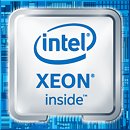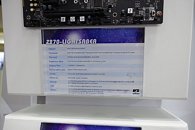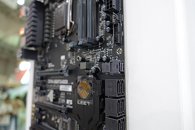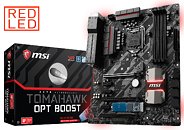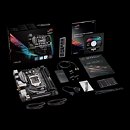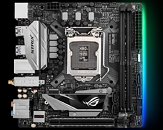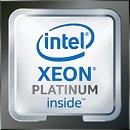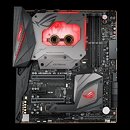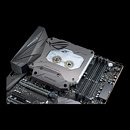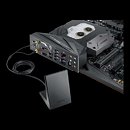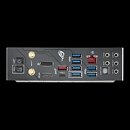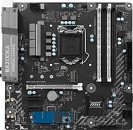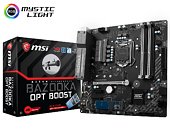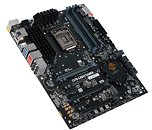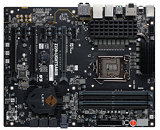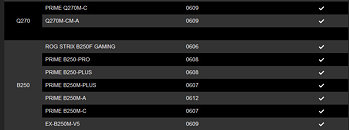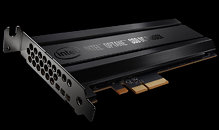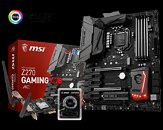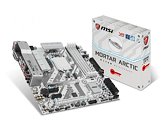
MSI Announces X299M Gaming Pro Carbon AC Motherboard
MSI, the leading gaming motherboard brand, is proud to announce the X299M GAMING PRO CARBON AC, world's fastest microATX X299 motherboard. Built on the Intel LGA Socket 2066 means it offers up to 44 PCIe lanes and Quad Channel DDR4 memory support. This model is specifically designed for Intel Skylake-X processors to ensure a flawless operation of any heavy gaming rig during long gaming sessions. The new X299M GAMING PRO CARBON AC is future-proof, ready for the upcoming 12,14,16 and 18-core Intel Core-X Series CPUs.
By adding a 16 GB Intel Optane Memory device on the 2 new OPT BOOST motherboards, MSI not only delivers support for the latest Intel technology, besides this you get an added value of $50,-. Optimize your computer by delivering a responsive computer experience with short boot times, fast application launches, extraordinary gaming, and responsive browsing. Gamers can now enjoy SSD levels of high performance and have a large storage capacity at the same time.
By adding a 16 GB Intel Optane Memory device on the 2 new OPT BOOST motherboards, MSI not only delivers support for the latest Intel technology, besides this you get an added value of $50,-. Optimize your computer by delivering a responsive computer experience with short boot times, fast application launches, extraordinary gaming, and responsive browsing. Gamers can now enjoy SSD levels of high performance and have a large storage capacity at the same time.







